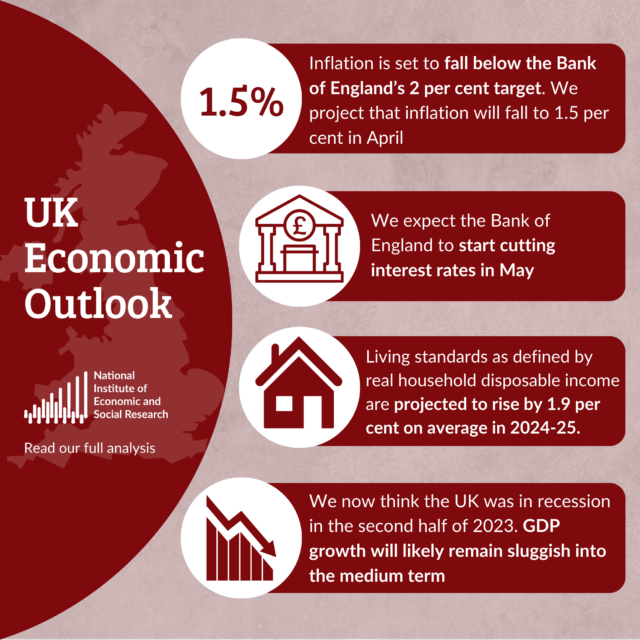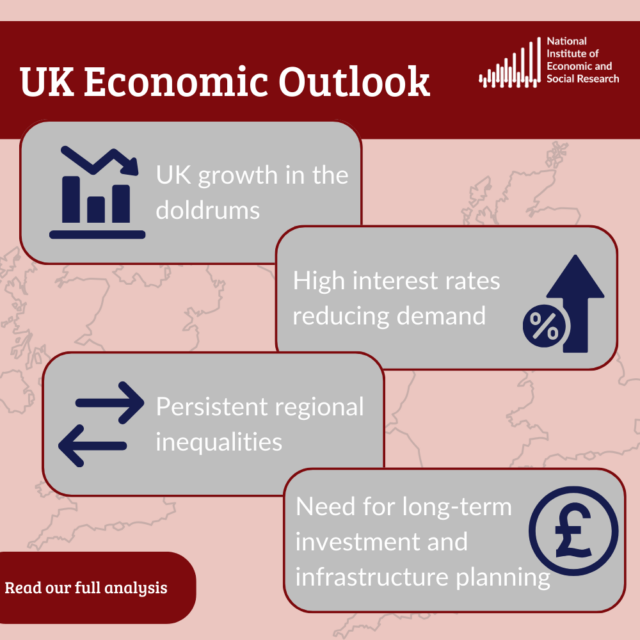Scotland’s Fiscal Framework
Scotland’s future borrowing power is the most important issue in the devolution debate. While on the surface a dry subject, consider that differences in US state finances were central in the escalation to civil war and Europe’s current tragedy arises from sub-central borrowing powers within a monetary union.[1] The IMF recently published this paper summarising recent evidence of moral hazard which generally accompanies sub-central borrowing powers.

Scotland’s future borrowing power is the most important issue in the devolution debate. While on the surface a dry subject, consider that differences in US state finances were central in the escalation to civil war and Europe’s current tragedy arises from sub-central borrowing powers within a monetary union.[1] The IMF recently published this paper summarising recent evidence of moral hazard which generally accompanies sub-central borrowing powers.
The inevitability of further changes to Scotland’s borrowing powers, and the irreducible problems which arise, are understood in Westminster and Hollyrood. Yet so far there has been no serious discussion from either side of what these powers will be. The Smith Commission ducked this most important issue by calling for “additional borrowing powers consistent with a sustainable overall UK fiscal framework.” Amen, but what does this actually mean?
Let’s start with an update of Scotland’s current powers. In April the Scotland gained new borrowing powers under the Scotland Act (2012). The government is allowed to borrow £500mn (0.4% of GDP) for current spending (essentially for budget forecasting errors) and £2.2bn (1.6% of GDP) for capital spending.[2] These sums are for total borrowing. In any single year the Scottish Government can borrow up to £200mn for current spending and 10% of its capital budget. This year the Scottish Government will borrow the maximum allowed for capital spending (£304mn).[3]
To put these figures into context, the total debt limit of £2.7bn is dwarfed by existing borrowing of Scotland’s Local Authorities of £14.8bn.[4] Under the Smith Commission the Scottish Government and Local Authorities will control around 60% of spending and 40% of revenues. By these metrics Scotland will one of the most powerful sub-central governments in the OECD.[5] While the UK is not a federal state, comparator sub-central governments in the big five federal nations – Australia, Canada, Germany, US and Switzerland – have less tax raising powers but all have far greater borrowing powers than suggested for Scotland (sometimes without limit).[6]
It is difficult to imagine that the Scottish Government is comfortable with effectively a balanced budget rule for almost half of its total public spending (other than the 0.4% of GDP wiggle room in its borrowing limit) in all economic conditions.[7] Even Chancellor Osbourne’s proposed budget surplus rule allows some relaxation in ‘not normal’ conditions (presumably recessions). Nearly half of Scotland’s budget will operate under a balanced budget rule and crucially with no flexibility – more rigid than the proposed budget surplus rule. Is this really what is intended?
Even the Scotland’s current borrowing capacity has consequences for the rest of the UK. Scottish borrowing counts as Public Sector Net Borrowing (the definition used in the UK fiscal framework). Chancellor Osborne’s existing rule of falling net debt and proposed new fiscal surplus law includes borrowing for investment. Presumably the new law cannot apply in Scotland as the Scottish Government has authority to borrow for capital spending. Indeed, the more that Scotland borrows, the more consolidation for the rest of the UK would need to endure.
This would be an obvious violation of the ‘no-detriment’ principle.
The Scottish Government has the option of borrowing from the National Loan Fund (NLF), commercial lenders and, as of April this year, issuing Scottish Government bonds. Borrowing from private investors would be the most transparent mechanism. However, the preferred method of borrowing is the NLF which provides subsidised borrowing rates paid for by tax payers from the whole of the UK.[8]
The solution might seem to include (a) an increase (or remove) in the limits on the Scotland’s borrowing capacity, (b) exclude the Scotland from the fiscal rules set by the Westminster, and (c) prohibit any borrowing from the UK.[9] However, Scotland’s fiscal deficit of 8.1% of GDP (including a ‘geographic share’ of North Sea taxes) in 2013-14, compared to the UK’s 5.6% of GDP, the fall in oil price, lack of influence on monetary policy and clear intention to borrow and spend more are likely to catch the attention of credit rating agencies required to rate the bonds.[10] If the UK Government were to grant such powers in these circumstances then it would know to expect moral hazard discussed here and here and probably effect its own credit rating.
One can now see why the Smith Commission ducked this important issue. But Westminster and Hollyrood governments do not have the same luxury. Serious negotiations will have to begin soon to be included in the Scotland Bill (2015-16).[11] Avoiding the issue and falling back on an inflexible budget would yield unintended consequences and be a recipe for eventual failure.
[1] See J.A. Rodden ‘Hamilton’s Paradox’ CUP 2006.
[2] The per cent of GDP refers to borrowing as a per cent of Scotland’s GDP reported here http://www.gov.scot/Resource/0047/00476839.pdf
[3] See page 2 of the Draft Scottish Budget 2015-16 http://www.gov.scot/Resource/0046/00462296.pdf
[4] Most of this debt was accumulated before the financial crisis and one third of the debt has over 40 years to maturity. Local authorities have an estimated £39bn of assets, but most are highly illiquid (e.g., school buildings and roads).
[5] See Armstrong and Ebell (2014) http://niesr.ac.uk/sites/default/files/publications/Smith%20sub%20NIESR.pdf
[6] The difficulty of granting fiscal power to Scotland comparable to a federal government while not being within a federal UK system is the key point of Armstrong and Ebell (2014), Real Devolution: The Power to Borrow.
[7] Borrowing for capital spending could provide some relief in there is capacity.
[8] A ten year loan from the NLF costs just over 2.5% irrespective of risk.
[9] To be consistent, the Prudential Regulatory Authority should consider Scottish government debt the same as other non-UK sub-central debt.
[10] Armstrong and Ebell (2013) estimated here that Scotland would pay a premium over the UK of between 0.72% and 1.65% for term borrowing.
[11] A word search of the draft bill has zero references for debt, borrowing or fiscal.























